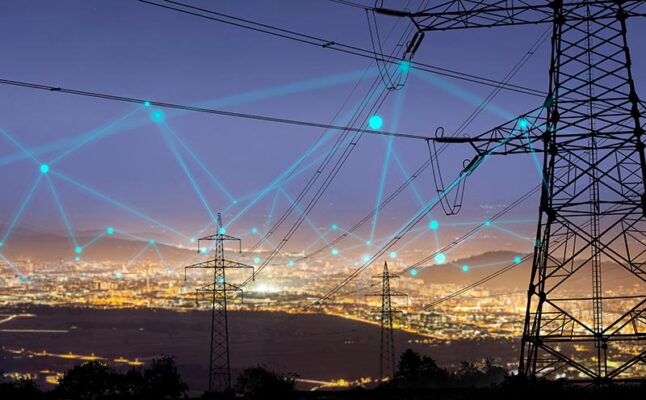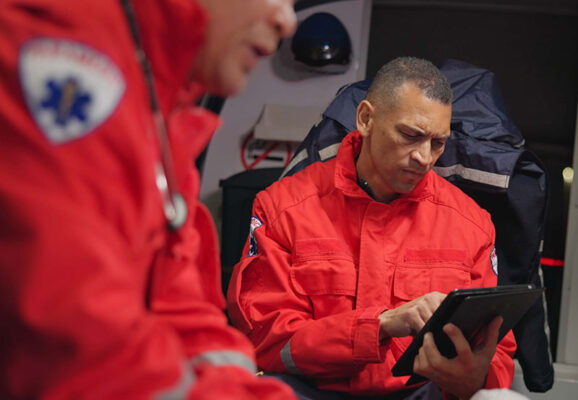Smart Utilities Save Lives: First Responder Use Cases
By Stan Gray
February 20, 2025
Estimated reading time: 4 minutes
A direct line of communication between first responders is crucial in emergencies. Nevertheless, reliance on analog systems and overwhelming incompatibility with over 10,000 separate radio networks slowed first responder communication efforts.

Cellular broadband innovations across the first responder network allow emergency services to broadcast alerts to mobile users. These alerts can include warnings for tornadoes and flash floods.
Faster broadband signals and smarter technology have also improved device location. These include visual data transmission through cameras and location tracking for vehicles and emergency personnel.
The Internet of Things (IoT) enables smart utilities to make life easier and safer. It offers new possibilities, such as:

During natural disasters like hurricanes, damage and loss of life can be attributed to:
By upgrading utility structures with smart grid sensors and control technologies, utilities can hasten post-disaster relief and restoration efforts for first responders.
IoT initiatives will lead to more robust pre-response measures and recovery efforts. These applications operate through public safety broadband networks and smart grid connectivity.
Utilities must enhance aging power grid infrastructure amid the ongoing shift toward renewable energies. Renewable energy is weather-contingent (e.g., sunshine or wind), so it is impossible to regulate grid loading.
Smart grids allow utilities to monitor grid loading and perform dynamic loading to avoid downtime and other damages. Moreover, smart grids can provide utilities with helpful forecasts that support preventive measures. These measures ensure that first responders’ vital communication channels continue during emergencies.

Imagine an automated stream of real-time, human-readable data for everything that affects first responders, from water flow to traffic jams. This information is available on a network that won’t drop the signal when needed most.
FirstNet®, built by AT&T, is the nationwide public safety network. It’s dedicated to first responders in the U.S. The First Responder Network Authority developed this network in 2017 to improve first responder communications.
First responder network subscribers use Band 14 spectrum. This band coexists in the public network, but it is reserved for preemption for critical communications. There are also chipsets and data cards designed for exclusive use on Band 14. Gone are the days of clogged radio frequencies, faulty two-way communications and lack of access to options for shutting power on and off for critical operations.
Gigabit LTE, 5G and 5G-compatible technologies bring reliability, global economy of scale and speed unmatched by private radio systems. For example, network slicing via 5G stand-alone (SA) provides emergency services with a dedicated communication layer. This layer has better service quality, including direct and low-latency access.

Telit Cinterion was the first IoT module manufacturer to introduce a full line of embedded LTE modules and data cards for first responder applications. Its LM960 mPCIe was the first Gigabit LTE Cat 18 module to undergo first responder network review. It was also the first to support gateways and appliances inside emergency vehicles.
Telit Cinterion’s LE910C1-NF and LE910C4-NF help device manufacturers and system integrators deliver first responder IoT applications cost-effectively. Telit Cinterion’s products (including our future products) are already FirstNet approved, including:
These modules and data cards handle first responder use cases, including:

IoT solutions help first responders work emergencies efficiently through real-time data collection. They also support emergency preparation and prevention measures.
With IoT, more life-saving applications will enable cities to manage public safety and infrastructure repairs efficiently. These applications include emergency power shut-off and restoration. They will also bolster quick response and recovery efforts before and after disasters.
Telit Cinterion brings those ideas to life with IoT chipsets and modules. Contact us today to see our lineup of modules and data cards designed for public safety.
Editor’s Note: This blog was originally published on 1 May 2020 and has since been updated.